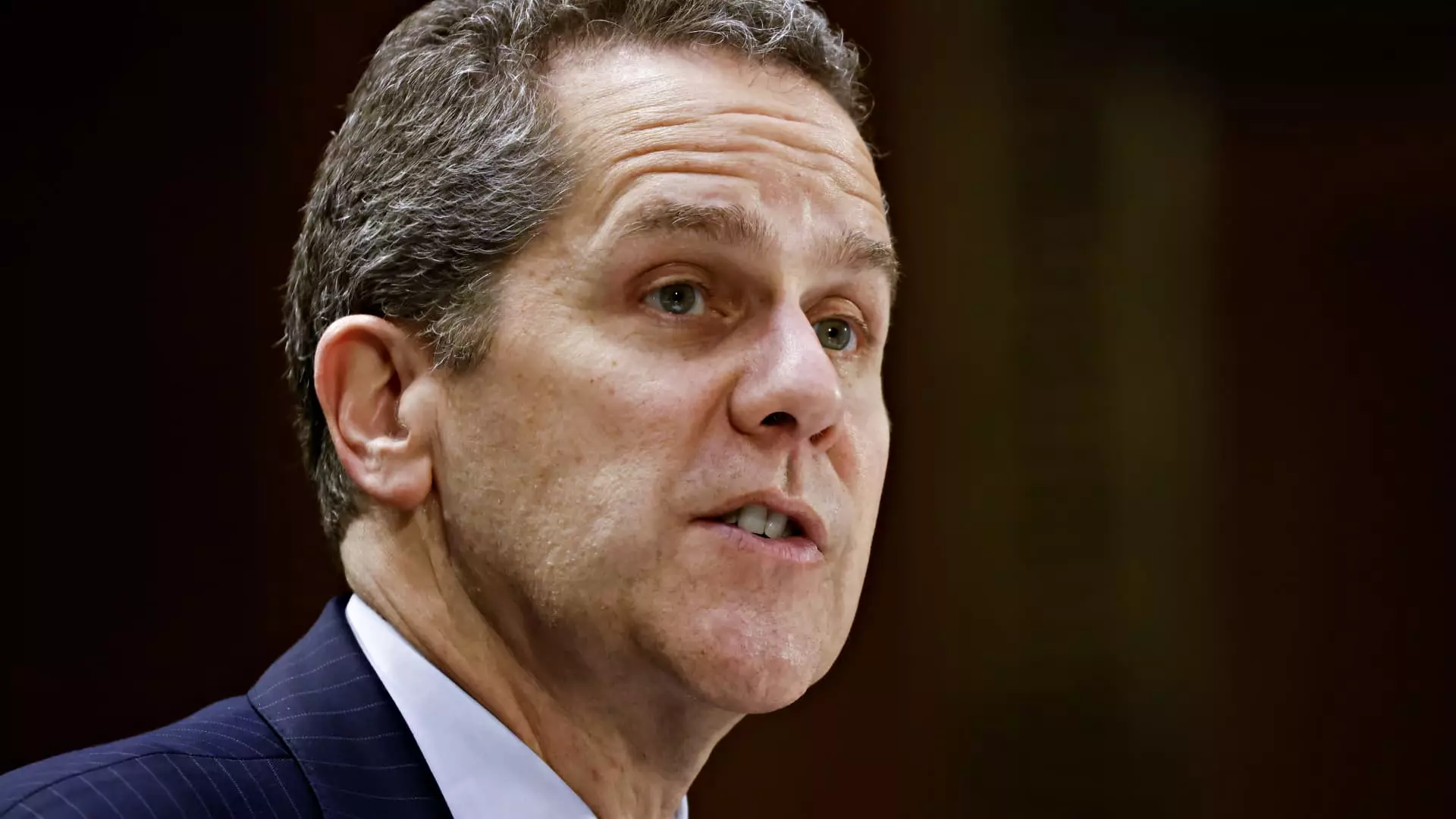As the political landscape shifts with the impending inauguration of President-elect Donald Trump, the Federal Reserve’s banking regulatory environment is poised for significant change. One of the most notable developments is the resignation of Michael Barr from his role as the vice chair for supervision, which is effective Feb. 28. Although Barr will remain a governor of the Federal Reserve Board until 2026, his step down from the supervisory position signals potential new directions in banking oversight.
Michael Barr’s resignation comes amid rising speculation concerning President-elect Trump’s intentions regarding the regulatory framework that has been in place since the 2008 financial crisis. This era introduced stringent regulations aimed at fortifying the banking system, which many within the industry consider overly restrictive. In light of this, Barr’s announcement of his departure serves as a catalyst for a prospective change, possibly aligning with Trump’s preference for a more bank-friendly regulatory approach.
Barr himself acknowledged the likelihood of a fraught transition and cited the need to avoid distractions that could undermine the Fed’s mission to serve the American populace. By vacating his position, he opens the door for Trump to appoint a successor who may continue to push for a relaxation of regulations, further reshaping the landscape of American banking.
The immediate market reaction to Barr’s resignation indicates a degree of optimism within the financial sector. Following the announcement, bank stocks experienced a notable rally, with the SPDR S&P Bank exchange-traded fund rising over 1%. This reflects investor sentiment that underscores a potential shift in regulatory policy that could benefit financial institutions.
However, it’s essential to recognize that the Fed’s operational mechanics dictate that no sweeping changes to rules and regulations will occur until a new appointee is in place. This period of transition allows for prudent deliberations regarding the future of financial oversight, specifically around ongoing adjustments to regulations such as those encapsulated under the “Basel Endgame,” which has met with substantial opposition from various banking organizations.
Michael Barr’s tenure included navigating through tumultuous times, particularly marked by the early 2023 crisis that led to the collapse of influential institutions like Silicon Valley Bank. His management style during this crisis, which included the implementation of emergency liquidity facilities, showcased the delicate balancing act regulators must perform between ensuring financial stability and promoting economic growth.
As Trump prepares to take office and make key appointments, the search for Barr’s replacement will be scrutinized closely. The direction taken by the next vice chair for supervision will inevitably influence the stability and growth of the U.S. banking system in the coming years.
Ultimately, Michael Barr’s resignation is more than a mere personnel change; it represents a pivotal moment for financial regulation in the United States. With the prospect of a new regulatory landscape on the horizon, stakeholders across the financial sector will be watching intently to see how the Federal Reserve adapts in response to both internal and external pressures. The future of American banking regulation is, without a doubt, at a critical juncture.

